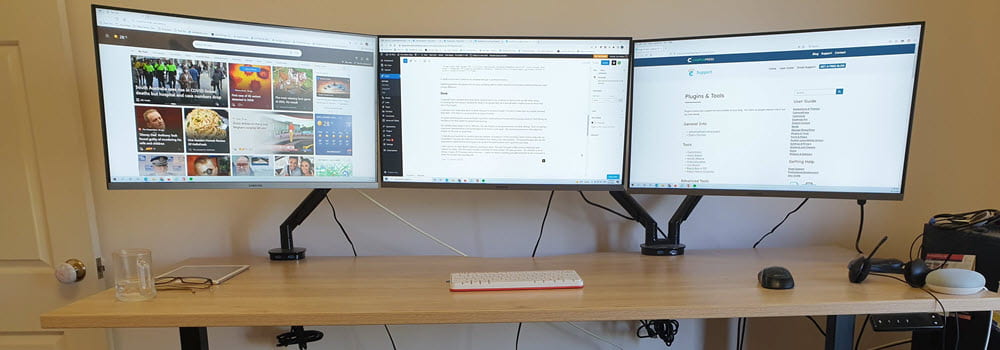Oh I just love it when someone shows me a cool tricks that makes life easier (and interesting)!
So I’m very pleased Christy Tucker showed me how to do a Quick and Dirty Comment Analysis using aidRSS. More importantly aidRSS is actually designed to help people like Ann, Confessions of an Oversubscribed Reader, find the “best posts” from blog feeds to reduce information overload.
What is aidRSS
AidRSS monitors a blog feed by creating PostRank™ for the posts based on the amount of conversation generated (combination of number of comments, del.icio.us links, tweets, Diggs and Google trackbacks). The higher the PostRank score the better the post is considered in terms of conversation.
PostRank score is used to sort the posts into Good Posts, Great Posts, Best Posts and Top 20 Posts. The idea is you make your RSS subscription manageable by subscribing to the AidRSS feed for the “best posts” from a feed (e.g you may choose to limit your subscription to the “Great Posts only”).
Using AidRSS to Analyse Your Posts
Image on the right shows the different ways aidRSS analyzes a conversation.
As Christy Tucker points out initially your blog’s analysis is limited to recent activity whereas she has used previously so results display back to July, 2007.
Here is the analysis for All My Posts for my Mobile Technology in TAFE blog:

Compared to Good Posts:

And Great Posts

Finally Top 20 Posts

When aidRSS Top 20 Ranked posts are compared to Google Analytics data for Top Content (shown as GA Rank for 1 Dec, 2007 to present) you get a slightly different picture of your top posts:

My thoughts are:
- Google Analytics is good for showing how visitors to your web page interact with your content — as it provides information on the number of people who visit your web site.
- AidRSS provides a different view from Google Analytics by showing readers responses to your content
- Feedburner is important for knowing how many people are subscribing to your blog
What I’ve found interesting (but not necessarily surprising), especially when I analyzed The Edublogger, were some posts were popular in terms of bookmarking but not generating comments. For example, How I Use RSS To Make My Life Easier was bookmarked 16 times in del.icio.us but only received 7 comments. Why? Because it was mainly sharing information. Whereas my Share Your Blogging Experience & Tips For Participants of Open PD post generated comments, with thought provoking conversations, because it contained very little information and instead asked readers to share their experiences.
FINAL THOUGHTS
Plenty of food for thought for me and thanks Christy for the cool tip! Meanwhile I going to say Comment Challenge Day 18: Analyze the Comments on Your Own Blog can be ticked off 🙂 .
What are your thoughts on AidRSS? Are there any other similar type tools that I should check out?




Leave a comment